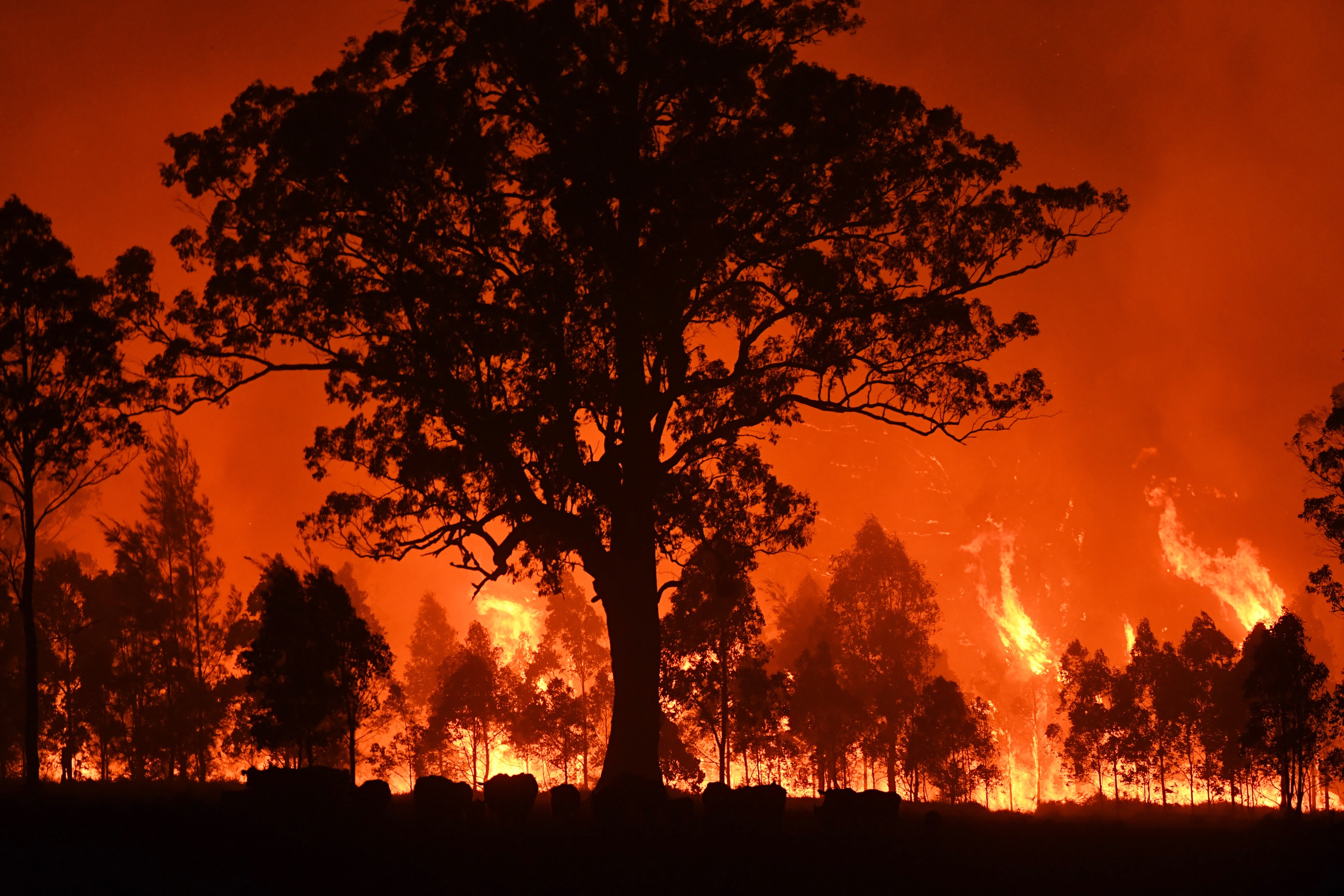From Analysis to Activity: Utilizing Your BAL Report to Reduce Bushfire Ris
Wiki Article
Ensuring Shrub Fire Security Through Correct BAL Report Evaluation
In the realm of bush fire protection, the careful analysis of Bushfire Attack Level (BAL) records stands as a foundation for safeguarding properties against the devastating effect of wildfires. With environmental variables and residential or commercial property characteristics playing significant roles in establishing the degree of threat, a detailed understanding of BAL rankings comes to be important. Nevertheless, the actual essence exists not simply in comprehending these records but in deciphering them properly to develop customized fire protection strategies. By diving right into the value of BAL record analysis, we reveal a realm where notified choices pave the path towards boosting building security and resilience in fire-prone regions.
Understanding Bushfire Strike Degree (BAL)
In the world of bushfire protection, understanding the Bushfire Assault Degree (BAL) is extremely important for making certain effective reduction methods. Recognizing the BAL ranking of a residential property is critical for residential property building contractors, owners, and policymakers to carry out appropriate procedures to secure versus bushfire risks.
Importance of BAL Record Analysis
An important aspect in bushfire defense planning involves the complete analysis of BAL records to assess the potential threats and determine suitable reduction approaches. BAL records give crucial details about the prospective impact of bushfires on a property based upon different factors such as plant life type, distance to prospective fire threats, and incline of the land. Examining these reports with precision is extremely important in establishing efficient bushfire defense procedures tailored to the certain risk profile of a building.Carrying Out Fire Security Steps
Carrying out effective fire protection procedures is crucial for protecting properties in bushfire-prone locations. Among the primary ways to boost fire protection is by developing defensible area around structures. This entails clearing up combustible greenery, such as completely dry fallen leaves and branches, within a specific span of the building. In addition, setting up fire-resistant roof products can aid reduce the danger of coal sparking the roof throughout a bushfire. Correctly kept displays and rain gutters are also vital to protect against particles build-up that can sustain a fire.Furthermore, having a well-maintained and adequate water system, such as a storage tank or swimming pool, can aid firemens in their initiatives to secure the property. It is crucial to have a clear discharge plan in place and to ensure that all locals recognize with the treatments. Furthermore, having firefighting tools readily available, such as tubes and fire extinguishers, can aid in taking on little place fires before they rise. Generally, implementing a combination of these fire protection steps can substantially raise the opportunities of protecting residential or commercial properties during bushfire occasions.
Mitigating Threats in Fire-Prone Areas
To fortify buildings versus bushfire dangers, a critical emphasis on mitigating threats in fire-prone areas is vital. One important aspect of risk reduction is keeping defensible space around residential properties by getting rid of flammable plant life, making sure appropriate spacing between trees and frameworks, and using fire-resistant landscaping methods.In addition, constructing or retrofitting buildings with fireproof products and guaranteeing appropriate maintenance of roofs, rain gutters, and outside cladding can substantially improve the building's resilience to bushfires. Practicing a bushfire and developing emergency situation strategy with all owners, consisting of discharge procedures and interaction strategies, is likewise vital in mitigating threats effectively. By taking on a proactive strategy to risk reduction in fire-prone areas, homeowner can much better safeguard their possessions and improve overall go right here bushfire readiness.
Ensuring Building Safety And Security and Durability
Ensuring the security and resilience of properties in fire-prone areas needs an unwavering commitment to robust safety nets and critical planning. Residential or commercial property safety begins with carrying out reliable actions to minimize fire risks. This consists of maintaining a defensible area around the building by removing flammable vegetation, guaranteeing proper upkeep of roofs and seamless gutters, and making use of fire-resistant building products. Regular maintenance of firefighting equipment, such as hoses and sprinkler systems, is likewise vital to residential or commercial property strength.Strength, on the various other hand, entails the capacity of a residential property to hold up against and recuperate from a bushfire. This can be improved with the installation of cinder guards on home windows and vents, ensuring that entry points for browse around here cinders are minimized. Furthermore, having a well-balanced evacuation plan and practicing it consistently can substantially Resources increase residential or commercial property strength. Collaborating with neighbors and regional fire authorities can likewise strengthen the security and durability of properties in fire-prone locations. By proactively resolving these aspects, property owners can better safeguard their possessions and enjoyed ones from the hazard of bushfires.
Conclusion
Finally, guaranteeing bushfire security with appropriate BAL record evaluation is critical for understanding the degree of danger presented by bushfires and executing essential fire defense actions. By alleviating dangers in fire-prone areas and ensuring residential or commercial property safety and security and durability, neighborhoods and people can better get ready for and react to bushfire occasions. It is vital to prioritize fire security actions to protect lives and residential property in these risky atmospheres.In the realm of bush fire defense, the precise evaluation of Bushfire Assault Degree (BAL) reports stands as a keystone for securing homes against the damaging impact of wildfires (BAL Report). Recognizing the BAL ranking of a home is crucial for home proprietors, contractors, and policymakers to execute ideal steps to safeguard versus bushfire hazards

BAL reports supply critical info about the prospective influence of bushfires on a building based on different variables such as vegetation kind, range to prospective fire risks, and incline of the land (BAL Report). Generally, carrying out a combination of these fire defense steps can dramatically raise the possibilities of securing properties throughout bushfire events
Report this wiki page